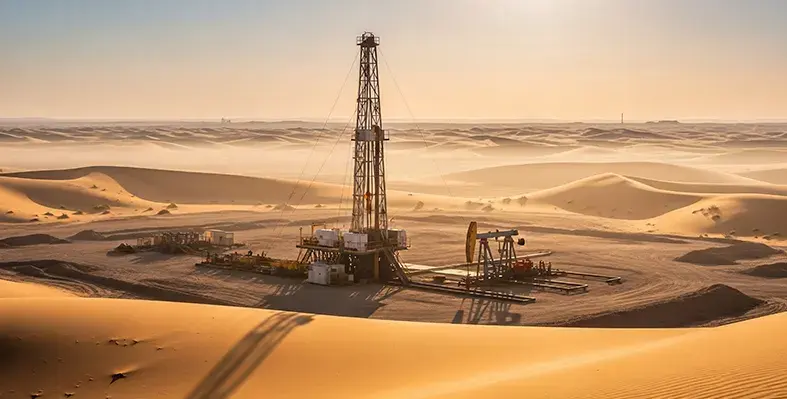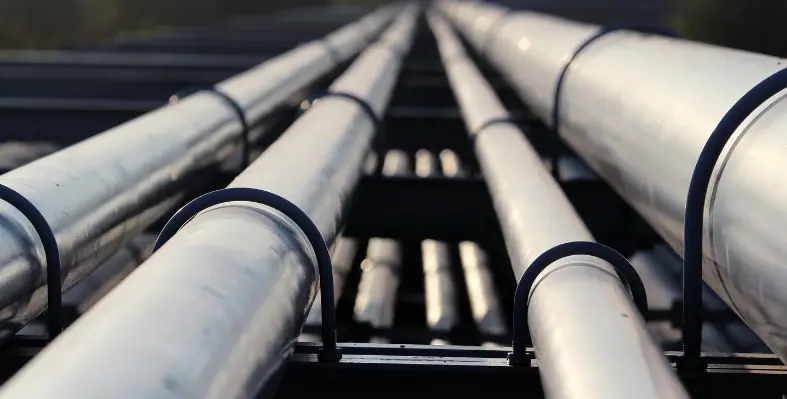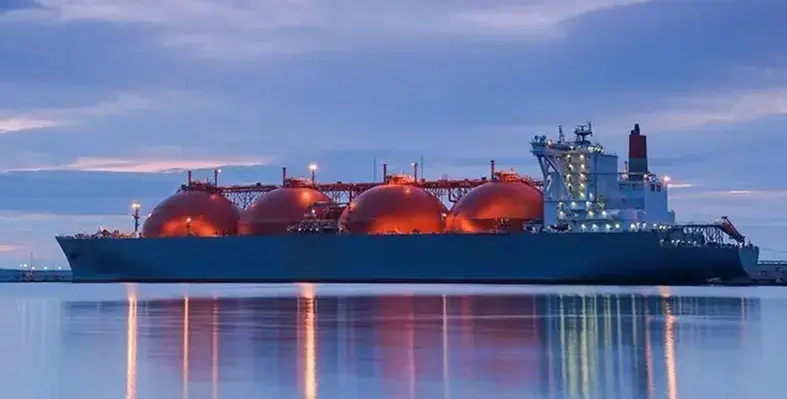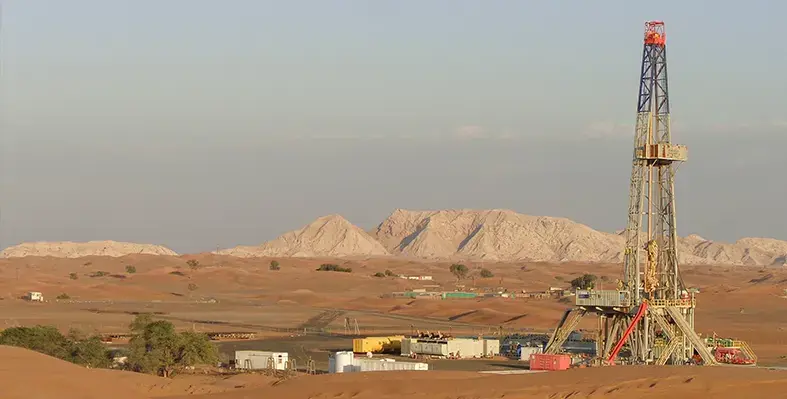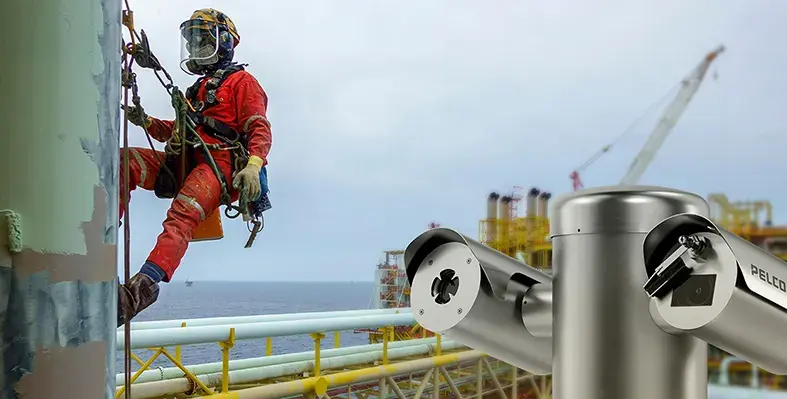
Pelco's products are used across a range of sectors, including critical infrastructure, utilities, oil and gas and ports. (Image source: Pelco)
In this article, Vidya Venogopal - regional sales director, Strategic Accounts, shares insights on Pelco, one of Motorola Solutions’ video security portfolios, and its role in securing the region’s oil and gas sector
Can you give us some brief background on Pelco and its products and services?
Pelco is a trusted global leader in security hardware with a legacy of innovation that spans over six decades. We design, develop and deliver video security with a broad range of specialised cameras, sensors, analytics and cloud integration. Our products are used across a range of sectors, including critical infrastructure, utilities, oil and gas and ports to help organisations protect people, property and assets.
How do you view the market in the Middle East for your solutions? Are there any particular trends that are influencing the market and any specific countries or business areas where you see strong potential for growth?
The Middle East remains a critical global hub for oil production, with natural gas also becoming a strong sector in the region, with major LNG expansions planned and underway. With the recent acquisitions of Aramco and Adnoc, it’s also a reflection of shifts towards gas and downstream petrochemicals. The region is also making significant investments in low-carbon technologies and hydrogen, which means an expanded portfolio. We have aggressively aligned our strategy to this growth. Our most recent acquisition, Silent Sentinel, is a reflection of this.
How are you looking to develop your business in the region further?
Oil and gas is a challenging environment and it has needed us to be laser-focused and creative to come out with products that are resilient as well as innovative. Our approach continues to be vertically focused, and we’re investing in subject matter experts (SMEs) who are driving our customer engagement. These SMEs are then able to align product development teams with specific segment needs.
We have also invested in training centres in Saudi Arabia, the UAE and Qatar. These centres demonstrate the benefits of the Motorola Solutions ecosystem approach and enhance control room operations. Having regional and local service centres has allowed us to grow our customers' confidence and trust in delivering large mission-critical projects.
What would you highlight as the most exciting innovations in the video security space, and how do you see video security technology evolving in the future?
The most exciting innovations lie in the integration of AI, edge analytics and cloud technologies. We’re moving beyond simple video capture to intelligent video understanding, where systems can detect anomalies, recognise patterns and trigger automated responses in real-time.
The future of video security is proactive, not reactive. We see the rise of predictive analytics, cybersecurity-hardened devices and cloud-native platforms that allow users to manage video securely from anywhere in the world. Sustainability and ethical AI will also play an increasing role, as customers demand not just smarter but more responsible technology.
At Pelco, we’re actively shaping that future, and we’re developing solutions that combine the reliability of our hardware with modern analysis to deliver meaningful, actionable outcomes.
What do you think sets Pelco apart from its competitors?
Pelco's differentiation is rooted in a history of quality and trust. For over 65 years, we’ve been at the forefront of video innovation, and our customers rely on us for products that deliver exceptional reliability, image quality and performance.
Beyond that legacy, what truly sets us apart is the breadth and depth of our portfolio, combined with our commitment to open technology. We offer one of the industry's most complete lines of security hardware, ranging from IP cameras to specialty devices and smart sensors. Additionally, Pelco champions an open architecture. Our devices seamlessly integrate with a vast ecosystem of third-party hardware, including any ONVIF-conformant VMS. This customer-centric approach gives organisations the flexibility to integrate Pelco with their existing technologies, protecting their past investments while enabling future growth.
Finally, Pelco products are built to perform in any environment, for any need. Our technology is not just about capturing video; it’s about delivering actionable intelligence in the most demanding conditions.
If you are interested in Pelco or have any questions about our product portfolio, you can email Vidya at
With two decades of experience, Vidya Venugopal started as an electronics engineer before moving into sales. She leads Motorola Solutions’ Strategic Enterprise End Users Team for the Middle East and India, focusing on oil and gas, and brings expertise across presales, technical sales and management.






